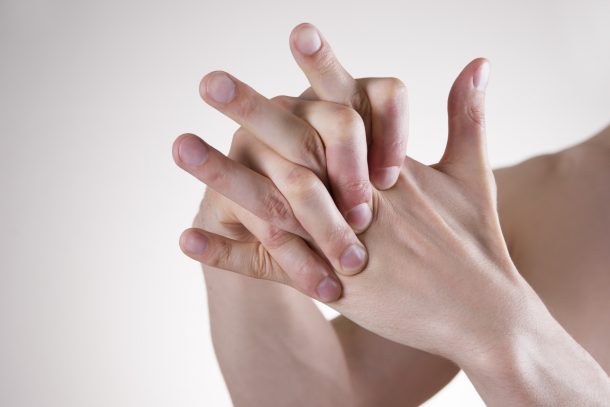It has been a baffling question for ages. Why our knuckles pop and crack? Scientists have finally agreed on an explanation. Previous researchers never provided a conclusive answer. This was due to the variations in people’s joints. Some joints don’t crack and people who crack their knuckles often cannot repeat the process until some time has passed.
An international team of scientists has now agreed on why your knuckles pop and it is attributed to the popping of bubbles in the joint fluids of hands. This has been theorized for the past 50 years but has finally been proven by a mathematical formula and new rendering of the joint.

To be more specific, the cracking sound comes from a “collapsing cavitation bubble in the synovial fluid inside a metacarpophalangeal joint during an articular release.” Abdul Barakat, a professor at the Ecole Polytechnique explained, “The sound that is generated when one cracks his or her knuckles is due to the partial collapse of a cavitation bubble that’s in the fluid in the joint.”
V. Chandran Suja and Abdul Bakarat from Ecole Polytechnique in France set about to prove the longstanding theory and crafted mathematical renderings of the joint where the popping happens. It is called the metacarpophalangeal joint (MCP). They observed the poppings and converted them into mathematical equations. These equations were then used to generate computer simulations of knuckles popping and allowed the researchers to exactly see what happens in the moments before the pop.

“It could be multiple bubbles, but we showed that the collapse of a single bubble is sufficient to give you the signature sound you get,” Bakarat said. This latest research from Suja and Bakarat has finally proved once and for all that only a partial collapse of the bubbles is actually required to hear the knuckles pop.
“Mathematical modeling is particularly useful because [real-time] imaging is not sufficiently rapid to capture the phenomena involved,” said Bakarat in an interview with Gizmodo. “Another advantage of the modeling is that it allows varying one parameter at a time and therefore permits determining which parameters are truly important in determining the behavior. In this regard, we found that the parameter that has the most effect on the sound generated by knuckle cracking is how hard you pull on the knuckle. How fast you pull, the geometry of the joint, and the viscosity of the fluid (which changes with age) do not have a very strong effect.”



